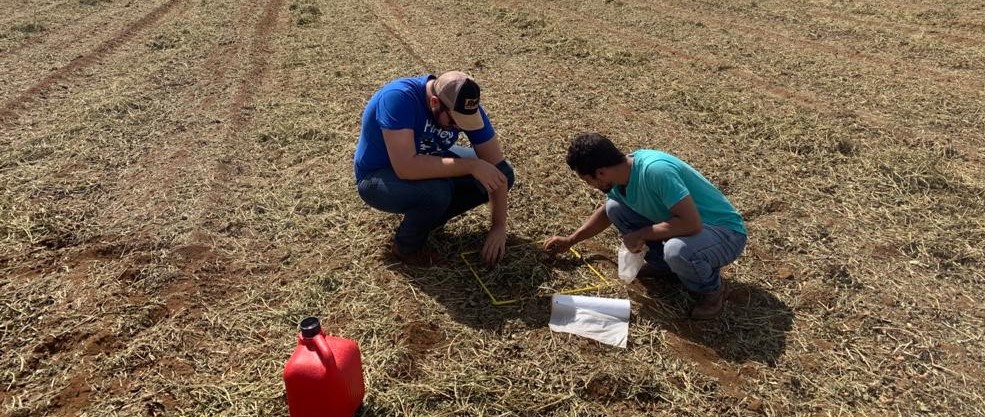Monitoring quantitative losses in peanut harvesting
DOI:
https://doi.org/10.17648/sas.v1i1.79Keywords:
Arachis hypogaea L., Control charts, mechanized harvestAbstract
Among agricultural operations, mechanized harvesting is the final step that deserves a lot of attention because it directly affects productivity, that is, the greater the amount of losses, there will be reduced productivity and increased costs. Thus, statistical analyzes such as the Statistical Quality Control (CEQ) are being applied in agriculture and have shown great potential for improving the management of agricultural systems as well as in decision making. With this work, the objective was to monitor the operational quality of mechanized peanut harvesting, during collection, through CEQ, and to quantify the total losses with the use of the rectangular frame. The experiment was carried out, in a commercial area, in the 2019/2020 harvest, in the municipality of Ribeirão Preto, state of São Paulo, located at geographic coordinates 21 ° 20'17.55 "S and 47 ° 54'7.31" O. The peanut was sown in a Meiosi system (Simultaneous Inter-Occupational Method). The experimental design followed the premises of the CEQ, monitoring, over time, 20 sample points that were 80 m long apart. The quality indicator evaluated, during the collection, was the total losses that were quantified through the rectangular frame, having the following dimensions 5.4 m wide by 0.37 m long. The statistical analysis was performed using the CEQ tools, which were: individual value control charts, sequential or run charts and descriptive analysis. It was concluded that, through the application of quality tools, it allowed greater monitoring and monitoring of the operation, in which there was no presence of special causes or patterns of non-randomness.
Downloads

Downloads
Published
How to Cite
Issue
Section
License
Autores concordam com os seguintes termos:
a) Os autores mantêm os direitos autorais e concedem à revista o direito de primeira publicação, com o trabalho simultaneamente licenciado sob a LicençaAttribution-NonCommercial-ShareAlike 4.0 International, que permite o compartilhamento do trabalho com reconhecimento da autoria e publicação inicial na Revista SAS. A licença permite o uso, a distribuição e a reprodução irrestrita, em qualquer meio, desde que devidamente citada a fonte. Essa licença permite também que outros remixem, adaptem e criem a partir do seu trabalho para fins não comerciais, desde que atribuam a você o devido crédito e que licenciem as novas criações sob termos idênticos.
b) Não cabe aos autores compensação financeira a qualquer título, por artigos ou resenhas publicados na South American Sciences.
c) Os conceitos expressos nos artigos publicados na South American Sciences são de inteira responsabilidade de seus autores.








